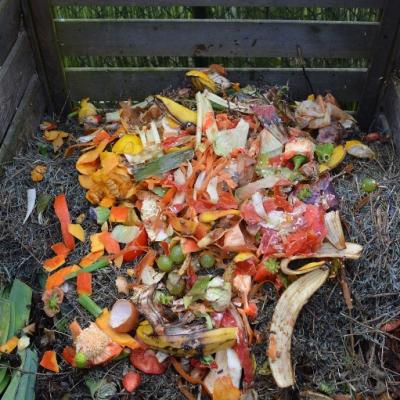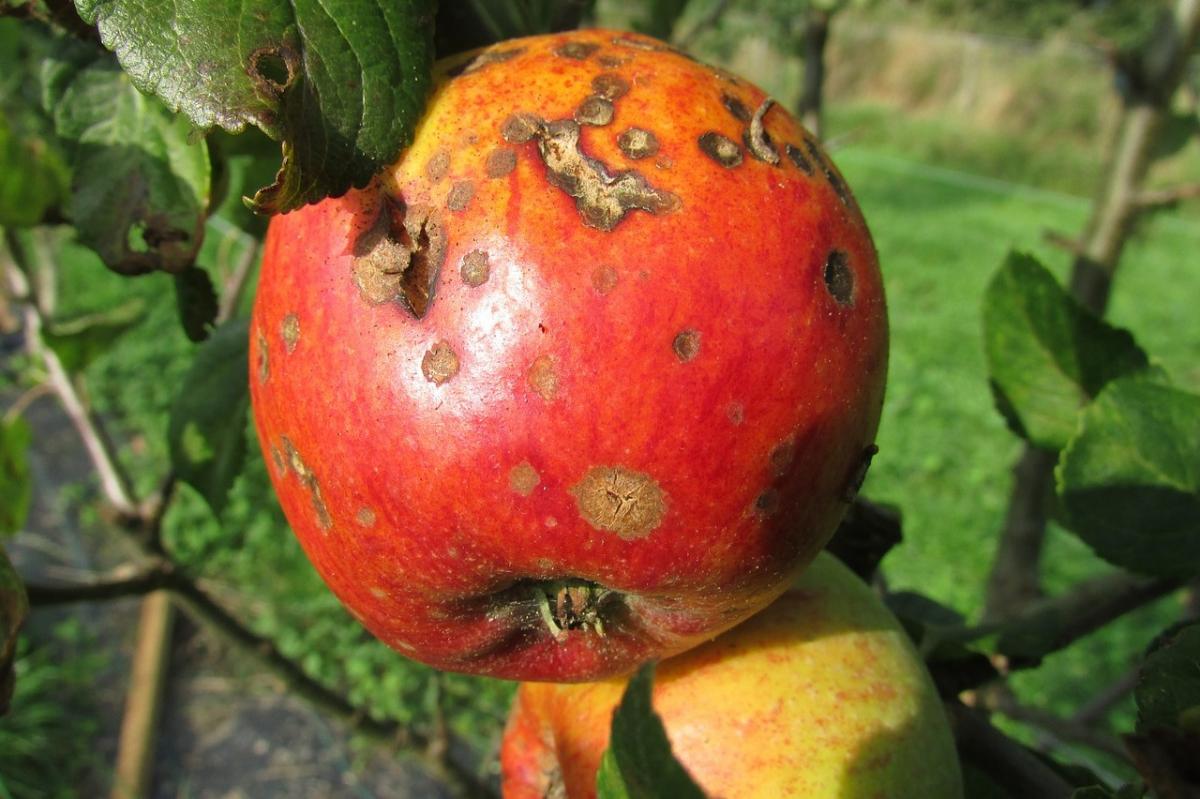Causes of Food Waste on the Farm
A primary reason food waste occurs at the harvest stage is the inherently unpredictable nature of farming. Farming requires the manipulation and management of many variables that are largely beyond control. Damage to produce from weather, pests, and disease all contribute to food not being harvested. Additionally, sometimes farmers will produce too much food, because the size of demand for that year can vary dramatically due to more unpredictable factors.
As for post-harvest losses, a process called “culling” is used to remove the less desirable produce before being sold and transported. Often when farmers do harvest imperfect but edible produce, upon receipt the grocery stores will refuse it and not compensate the farmer. Because consumers are typically unwilling to purchase the imperfect produce, grocery stores know they will be unable to sell it. The possibility of this happening makes it economically unfeasible for some farmers to spend time and resources harvesting and transporting produce that they might not even be paid for.
What We Can Do About It
One effective way for farmers to salvage produce that otherwise would not sell at the grocery store, is to process it into a different product. Baby carrots, for instance, were created when a farmer realized his misshapen and “ugly” carrots could be shaved down into an entirely different product and sold for even more money. Farms can look for similar solutions, depending on the crops they grow, in order to find value-added processing techniques. Farms can also work with companies that can help reduce food waste by utilizing fruits and vegetables that have traditionally been classified as "ugly" - in fact there's a fairly large number of new ventures that are working on recovery and utilization of such produce. Finally, donation of unsold produce, even if it's imperfect, to a trusted local organization remains a viable option to reduce waste. Non-profits such as Unsung in Baltimore, or Community Food Rescue or Manna Food Center in Washington, DC suburbs are just some of the examples of local organizations that can help process food donations, often in exchange for tax benefits for farmers and food producers.
A primary reason food waste occurs at the harvest stage is the inherently unpredictable nature of farming. Farming requires the manipulation and management of many variables that are largely beyond control. Damage to produce from weather, pests, and disease all contribute to food not being harvested. Additionally, sometimes farmers will produce too much food, because the size of demand for that year can vary dramatically due to more unpredictable factors.
As for post-harvest losses, a process called “culling” is used to remove the less desirable produce before being sold and transported. Often when farmers do harvest imperfect but edible produce, upon receipt the grocery stores will refuse it and not compensate the farmer. Because consumers are typically unwilling to purchase the imperfect produce, grocery stores know they will be unable to sell it. The possibility of this happening makes it economically unfeasible for some farmers to spend time and resources harvesting and transporting produce that they might not even be paid for.
What We Can Do About It
One effective way for farmers to salvage produce that otherwise would not sell at the grocery store, is to process it into a different product. Baby carrots, for instance, were created when a farmer realized his misshapen and “ugly” carrots could be shaved down into an entirely different product and sold for even more money. Farms can look for similar solutions, depending on the crops they grow, in order to find value-added processing techniques. Farms can also work with companies that can help reduce food waste by utilizing fruits and vegetables that have traditionally been classified as "ugly" - in fact there's a fairly large number of new ventures that are working on recovery and utilization of such produce. Finally, donation of unsold produce, even if it's imperfect, to a trusted local organization remains a viable option to reduce waste. Non-profits such as Unsung in Baltimore, or Community Food Rescue or Manna Food Center in Washington, DC suburbs are just some of the examples of local organizations that can help process food donations, often in exchange for tax benefits for farmers and food producers.
On the consumer side, first and foremost, we can stop being afraid of imperfect produce, and work to shift the perceptions of others as well. Moreover, consumers can seek out food from local farmers and support farmers markets. Local food channels allow for produce items to be sold that otherwise would not meet the size, visual appearance, and shelf life that is demanded by traditional food retailers, like grocery stores.
Consumers and farmers alike can participate in “gleaning” — a practice that allows others to go into a farmer’s field after the commercial harvest, and harvest any remaining edible produce that was left behind. This allows the farmer and consumer to work together to harvest perfectly edible food that otherwise would have been wasted. The USDA provides tips on how to get started with gleaning.
Lastly, both farmers and consumers alike can push for changes in policy that will discourage food waste on the farm. California, Colorado, and a few other states offer tax credits to farmers who donate excess food to food banks—saving edible food from being wasted and feeding people at the same time.
What do you think could help prevent food waste on the farm? Let us know!
Consumers and farmers alike can participate in “gleaning” — a practice that allows others to go into a farmer’s field after the commercial harvest, and harvest any remaining edible produce that was left behind. This allows the farmer and consumer to work together to harvest perfectly edible food that otherwise would have been wasted. The USDA provides tips on how to get started with gleaning.
Lastly, both farmers and consumers alike can push for changes in policy that will discourage food waste on the farm. California, Colorado, and a few other states offer tax credits to farmers who donate excess food to food banks—saving edible food from being wasted and feeding people at the same time.
What do you think could help prevent food waste on the farm? Let us know!







